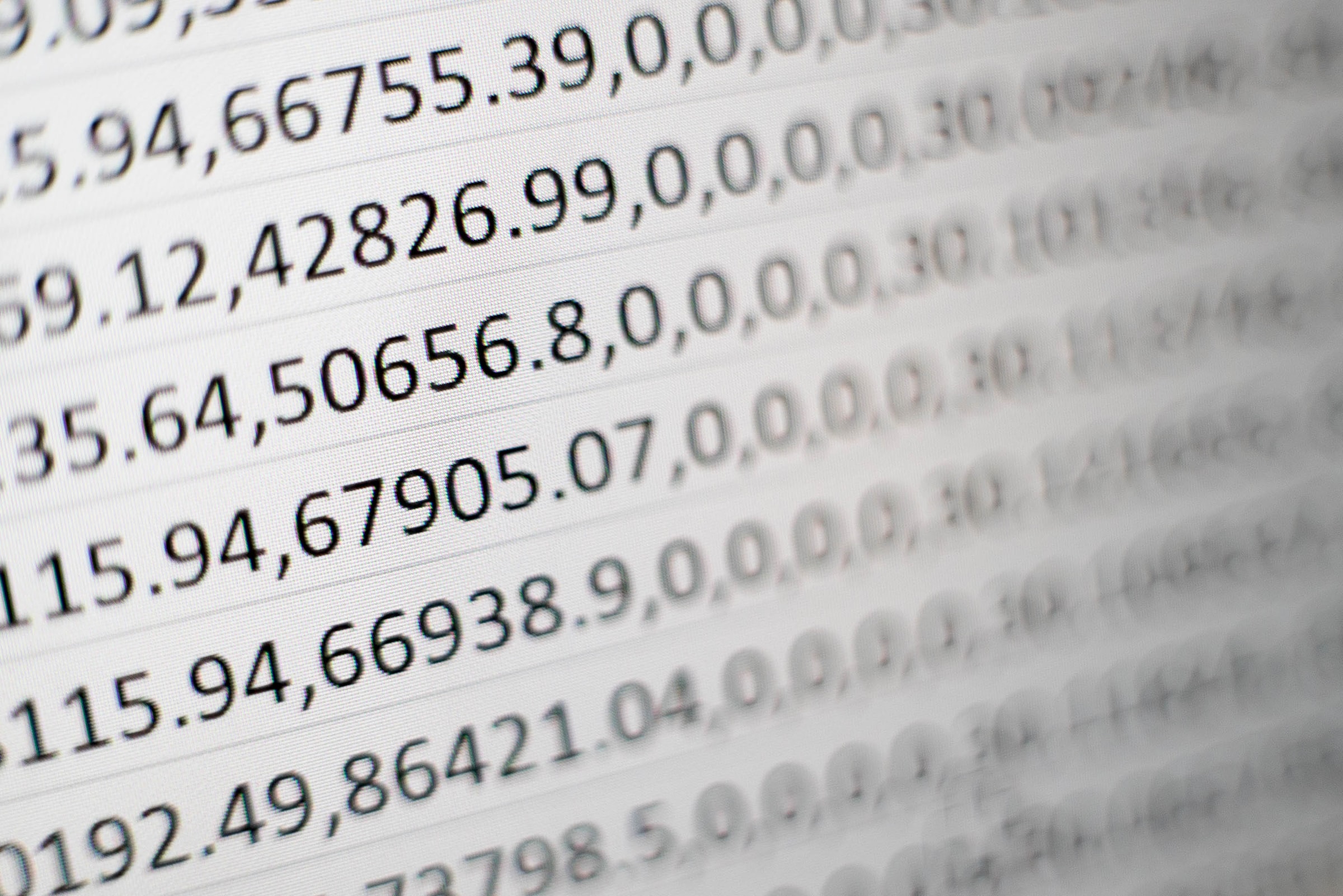 Philippe Barbe
Philippe Barbe

|
Some general considerations on the pricing of advertisementsby Philippe Barbe
24 Feb 2021
|
Part 16 of 20 in a series examining the interplay of Data Science, AI, the media and advertising.
How much should advertisers pay to get their messages in front of their target audience?
How much should a media outlet ask for exposure to its audience?
Finite vs. infinite capacity
Although the placing and pricing of advertising in the digital realm is highly automated, with traditional media those activities are still very much negotiated between the parties.
Traditional media have finite ad-carrying capacity and have geographic limits on their reach… a newspaper has a very finite surface and geographic distribution, television and radio programs have a finite time of available of 24 hours a day and range.
In contrast, for all practical purposes digital media has an infinite reservoir of viewers with the potential to reach 100% of any audience segment an advertiser is seeking. The combination of automation, reach, ability to target, is what makes advertising in the digital world so appealing.
Still, despite these advantages of digital, traditional mass media remains a very effective way to reach large audiences in a short time as a commercial aired on a TV show with 1 million viewers reaches 1 million prospects in 30 seconds!
These differences in capacity, time effectiveness, automation, reach and targeting leads to different pricing consideration.
Pricing goals and cost per thousand
Regardless of whether it is a digital or traditional outlet, the pricing goals for media operators (the seller) are quite different than those of advertisers (the buyer).
The seller thinks in terms of recovering the costs to run its operation, then hopefully generate a profit over and above those fixed and variable costs.
The buyer thinks in terms of audience. How much is one view of our ad worth? As we discussed in part 7 the buying decision results from an ROI calculation which maximizes the expected return.
Because ad campaigns target large groups, the cost is measured as a cost per thousand (mille), or CPM. Or it is measured as the “cost per point”, the cost to reach 1% of the market audience segment.
To maximize ROI the goal of the ad buyer is to have a CPM as low as possible.
Digital Ad Buying
Because so much is known (or inferred) about users in the online world, audience segments can be reasonably close to a digital advertiser’s target. One can advertise on thematic websites and psychographic segments can be quite refined.
Moreover, because internet usage is so prevalent it can be considered to contain all the audience so the entirety of any segment can be reached.
In the digital world, part because intermediaries like the large tech companies and automation are native to that form of advertising, prices are determined through auctions. Highly sophisticated technologies have been developed that handle trillions of real time bids daily.
The drawback for buyers is that the bidding process adds uncertainty.
In general auctions are considered a way to reach a “fair market prices” but in the case of advertising the bidding is not like an art auction where each single items is open for consideration by informed buyers.
In reality, bidding for digital ads is bidding for a bulk of items described by a label on the box. In that aspect, buying ads in the digital and non-digital world is very similar: the prices reflect a market value of chunks of audience, but may not reflect the real value of that audience to advertisers.
Negotiated Ad Buying
Although media operators think of pricing in terms of covering costs, they are not indifferent to their own CPM as it is a measure of the value of their audience to advertisers and a measure of the value of their market.
Since their advertisers use CPM as a metric, it is also a tool media operators can use to favor some customers and build relationships as they negotiate pricing with variables such as timing and positioning of ads.
While media operators are accountable for quarterly and annual profitability they are also thinking about future returns and may offer discounts to build lasting relationships that ensure recurring revenues and secure their financial stability.
Another pricing variable is that, although one would think that the CPM should be constant within a market and an audience, regardless the media outlet… i.e. if an advertiser needs to reach SUV owners the value of reaching that person should not depend on the medium used to reach them.
This is not actually the case, particularly in the traditional media. Advertisers do not value (and pay for) audience strictly on the raw CPM. Other factors include:
- The audience of a medium seldom coincides exactly with what the advertiser is looking for which yields wasted ad dollars. Even if the CPM were constant across all media in the market, the fact that different media yield different waste for an advertiser means that the actual CPM for the target audience varies because the advertisers target audience does not coincide with the media audience.
- Advertisers looking to reach a large percentage of a market need to rely on multiple media in that market and in particular on the the large media outlets in that market. Because they are unavoidable, the largest media outlets in a market may command a higher CPM.
- A similar effect is at play in terms of content. Popular content that draws a larger audience may have a higher CPM because no large campaign can achieve its goal without advertising alongside that content.
Item 1 is indicative of the fact that audience means different things for different people, and that target audience for media operators and advertisers do not coincide.
Items 2 and 3 reflect that with advertising being about mass, demand is high for content that has a larger audience, even though it may result in high waste.
Conclusion
While it is possible that some advertisers could achieve their audience goals through combinations of less expensive content, the lack of automation precludes particularly complex campaigns.
On the sell side of the negotiated ad business, the implication for pricing is that part of the inventory is undervalued. On the buy side, the implication is that ad campaigns have lower ROI than they could.
Pricing is not optimized for either side.
The automation outlined it in part 12 of this series is not about removing value and pitting one side against the other, but about optimizing value for all players in the industry. By bringing considerable efficiency to the transactional process, both the buyer and the seller will benefit, not only in terms of reducing operational costs, but also in terms of pure value of the inventory.
The considerations outlined in this article are not sufficient to determine price. But they support that pricing in the traditional, negotiated business is far more complex and involves far more information than in the non-negotiated digital world.
In the next article, we will dig deeper into pricing strategies, in particular on the sell-side.